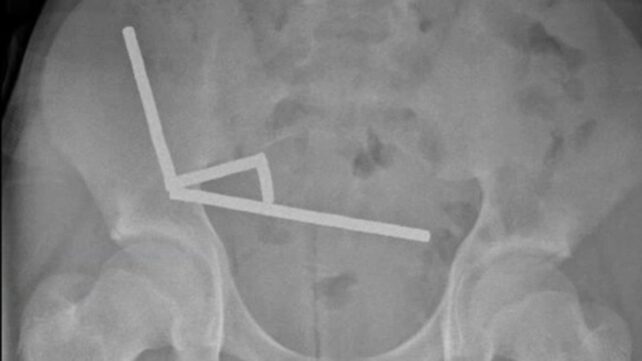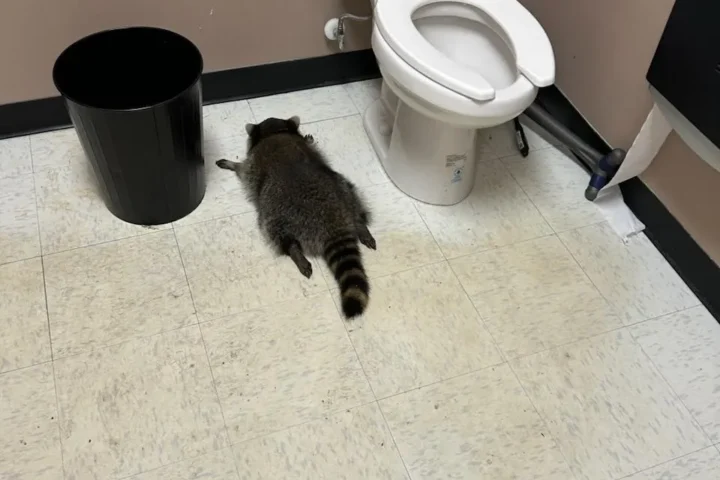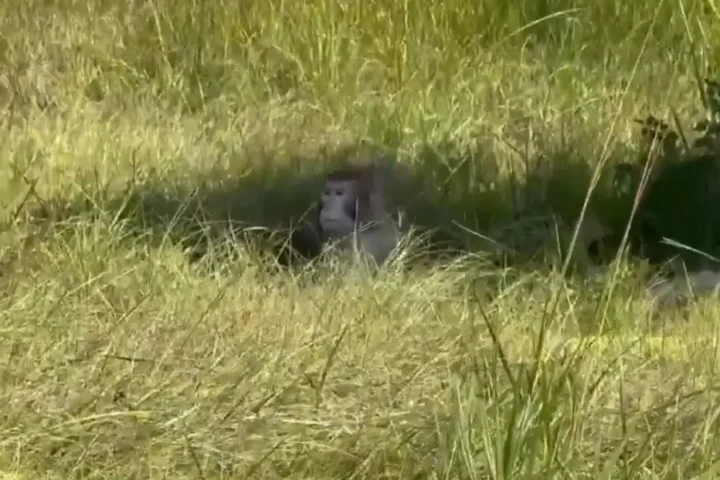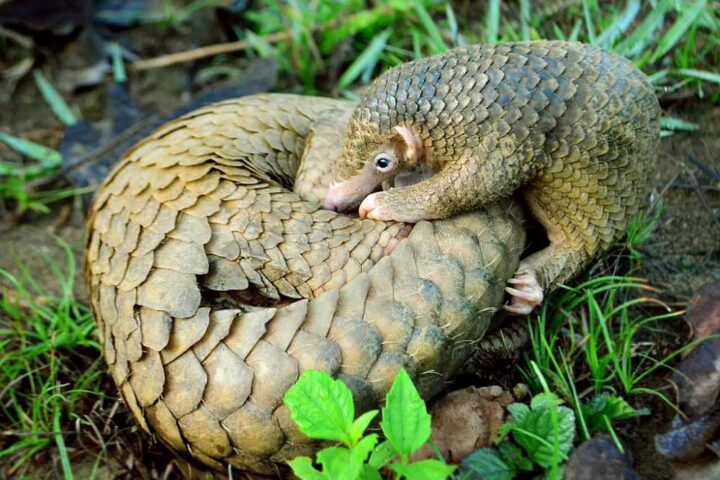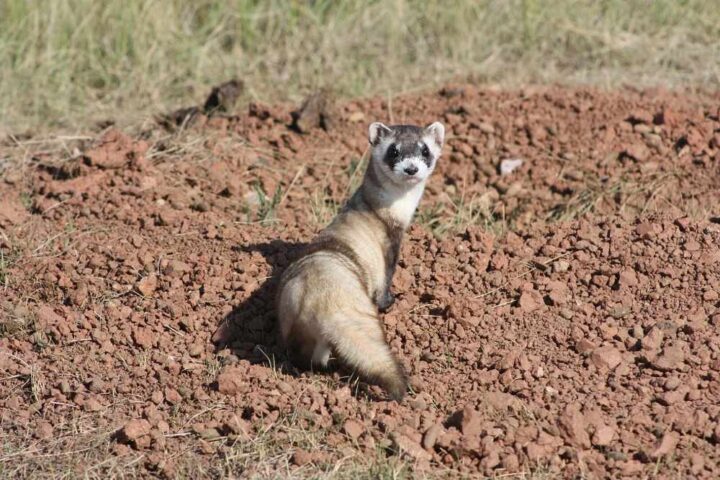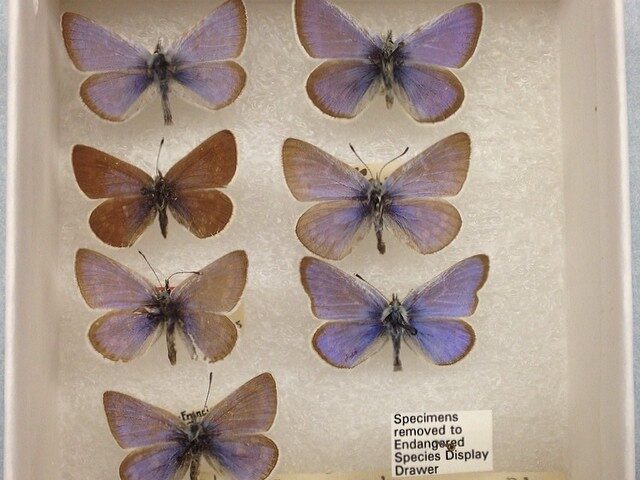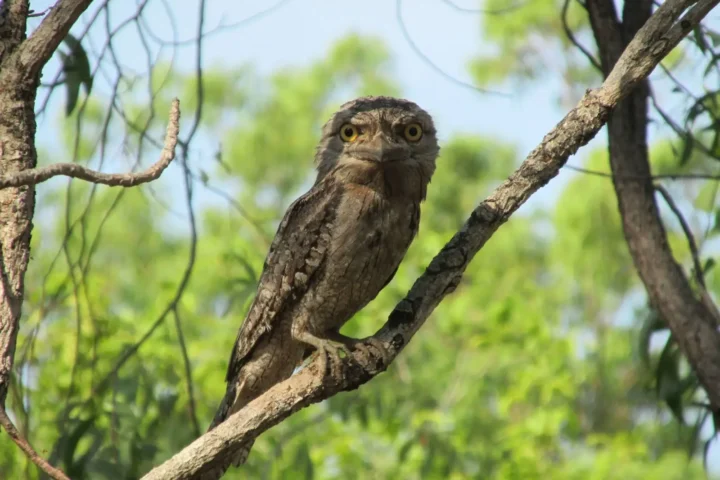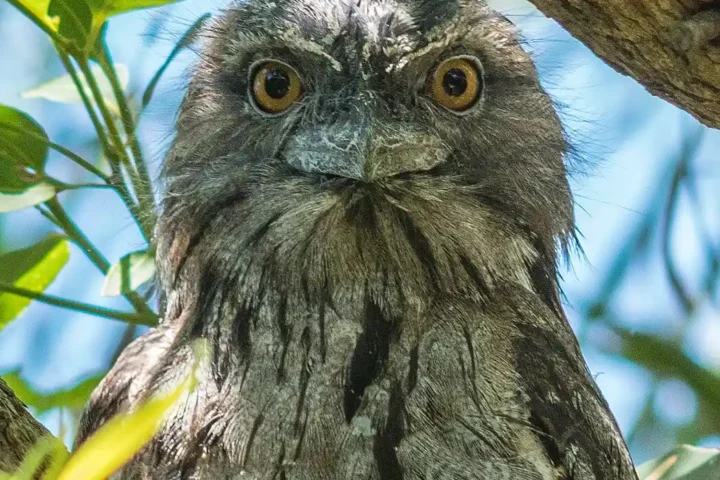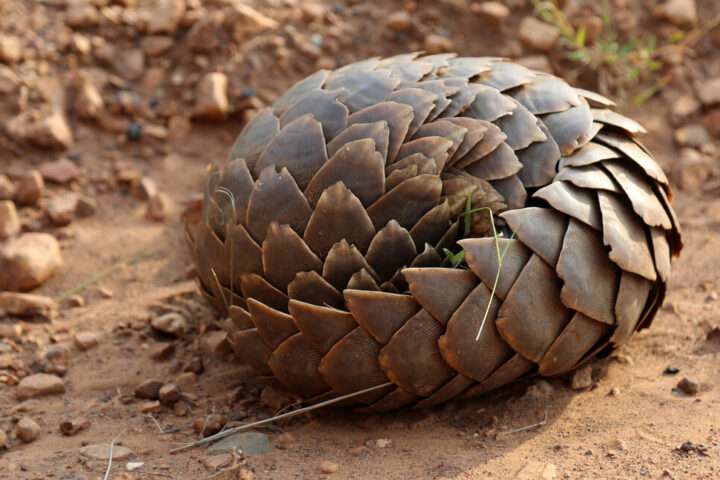High‑Speed Cameras Reveal How Venomous Snakes Bite
Fast strikes, different tactics: vipers top the speed chart, with an Australian death adder close behind.
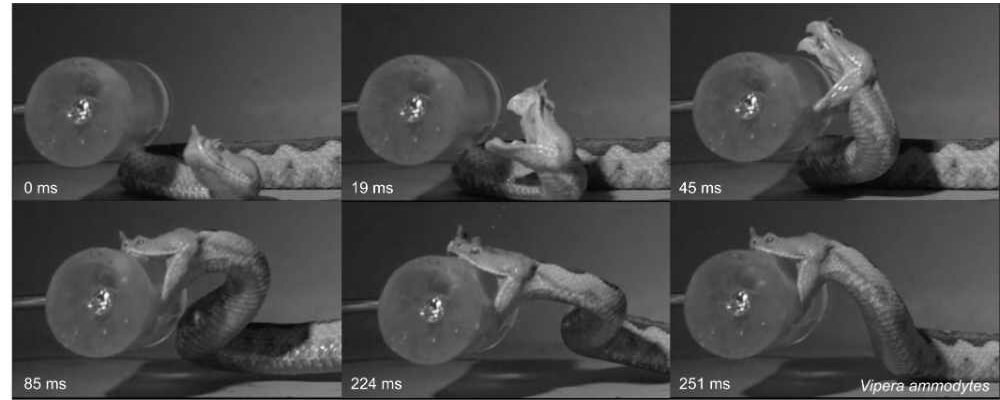
Researchers filmed 36 species across viper, elapid and colubrid families striking a warmed medical‑gel proxy at Venomworld and published the dataset in the Journal of Experimental Biology. The team reconstructed three‑dimensional movement to measure speed and acceleration.
Study Summary
The Hidden Mechanics of Deadly Strikes: New Study Reveals How Venomous Snakes Attack
Scientists have captured remarkable footage showing how venomous snakes actually strike and inject their venom, revealing details invisible to the naked eye. Using high-speed cameras recording at 1,000 frames per second, researchers filmed 36 different snake species attacking warmed medical gel designed to mimic natural prey.
The study, conducted at Venomworld near Paris and published in the Journal of Experimental Biology, shows that venomous snakes can reach their targets in a mere 60-100 milliseconds – faster than a human can blink. The fastest recorded strike came from the Levantine viper, which contacted the target in just 21.7 milliseconds.
“If something is moving towards you, you have to see it with enough time to register that it’s moving, and then react to it,” said Professor Evans, one of the researchers. “Less than 100 milliseconds is much, much faster than the mammalian startle response, particularly for large mammals like us.”
The research reveals that different snake families have evolved distinct attack strategies:
- Vipers, which made up 31 of the 36 species studied, use hinged fangs that fold into their mouth when not in use. After striking, they often “walk” their fangs into better position before injecting venom. These snakes cause thousands of deaths yearly in Asia and Africa.
- Elapids, including Australia’s rough-scaled death adder, have shorter fixed fangs at the front of their mouths. They creep closer to prey before striking repeatedly to inject more venom. The death adder reached speeds of 2.21 meters per second, making it the second-fastest striker in the study.
- Colubrids, represented by the gold-ringed cat snake, have rear-positioned fangs requiring a different approach. They open their mouths wider and hold this position longer, then use a sawing motion with their movable upper jawbone to create gaping wounds that help deliver venom.
In a rare captured event, researchers filmed a viper’s fang breaking during a strike – the first time this has been documented on camera. Snakes continuously grow replacement fangs, making this a temporary setback.
Timothy Jackson, a snake venom researcher from the University of Melbourne not involved in the study, called it “a large and important analysis” that “significantly improves our knowledge.” He noted that while many findings confirmed what scientists suspected, “having all of that quantitative analysis to confirm those intuitions is really important.”
“One of the interesting findings of the paper was how different families of snakes use their venom in different ways,” Professor Evans said. “We were limited by what they had in Paris. But it’s at least the start.”
Dr. Jackson suggested the study could serve as a blueprint for more research. “There’s a real proof of principle here,” he said. “I hope it can be more broadly applied and also potentially modified for other studies.”
Strike Speed Explorer
Compare a selected strike time to the ~100 ms mammalian startle response mentioned by Prof. Alistair Evans.
Prey was typically reached within about 100 milliseconds on average. The Levantine viper (Macrovipera lebetina) contacted the target in about 21.7 ms. Hinged fangs permitted a post‑contact “walk” into position before venom delivery.
“Less than 100 milliseconds is much, much faster than the mammalian startle response.” — Prof. Alistair Evans
The rough‑scaled death adder (Acanthophis rugosus) reached prey in about 30 ms and moved up to 2.21 m/s. Shorter fixed fangs, closer approach, and repeated bites characterised delivery.
The gold‑ringed cat snake (Boiga dendrophila) reached maximum gape sooner and held it longer, then closed and swept the maxilla to leave crescent‑shaped cuts that facilitated venom transfer. Final velocity rose across three bites from about 1.0 m/s to 3.2 m/s.
Related reading
Study: Kinematics of strikes in venomous snakes. Karmactive: largest snakes in the USA, new species via DNA, red‑bellied black snakes, Vasuki indicus fossil.

